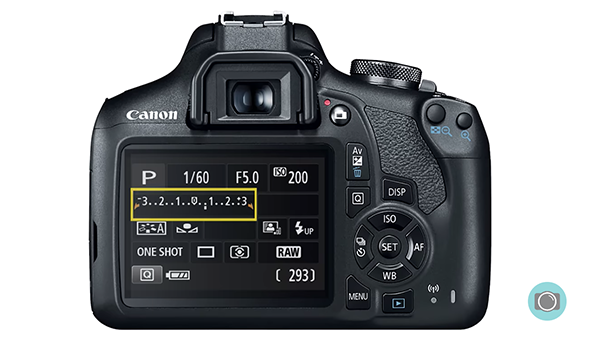CAMERA MODES Explained: Use the Best Setting for Every Photo You Shoot (VIDEO)

You know that Mode dial atop your camera that's always staring you in the face? The first thing you should understand is that the various options available don’t fall into the set-it-and-forget category of configuring a camera.
In this quick video from the Photo Genius YouTube channel you'll learn which mode works best depending upon the task as hand. When shooting sports/action photos, for example, Shutter Priority often provides optimum control for best results. When photographing landscape however, when depth of field is a primary concern, Aperture Priority is a better choice.
And other times you may want to bite the bullet and use Manual mode to achieve the best results possible (and that's far easier to do than you may think). Instructor Paul Farris is known for straightforward tutorials designed for beginners and amateurs alike, and he always includes important tips that can be valuable to more experienced shooters.

Farris uses cameras from Canon, Nikon, and Fujifilm to demonstrate the various modes, but everything you'll learn applies equally to whatever brand you own, as long as it features Manual control. Farris begins with the Auto mode, which is typically the default factory setting. It's often used by beginners because the camera does all the work for you. The downside here is that creative control is virtually non-existent.
Most cameras also offer a variety of Scene modes in which the camera configures settings for subjects like portraits, landscapes, macro, sports, and night photography. But just like with Auto, you have no control over the how the settings are implemented.
What Farris say is this: "Anything the camera can do in the Auto mode you can do better by taking control of the camera and using what are often referred to as the creative modes. This enables you to get the exact results you want. These modes include Manual, Aperture Priority, Shutter Priority, and Program. It's worth noting that the nomenclature can be different from one camera to another, whereas Aperture Priority is indicated with an "A" on some mode dials and "AV" on others.

There are also a few full featured cameras with no mode dial at all, but Farris demonstrates why that's not a problem if you operate the other physical controls properly. The remainder of the video is a detailed explanation of how all the creative modes work, and when it's appropriate to use one versus another.
Farris sums up the episode in very emphatic terms: "The moment you get out of the Auto mode you're going to unlock camera functions that you couldn't use previously—like the three components of the Exposure Triangle. And by doing so your images are sure to improve.
After watching the video head over to the Photo Genius YouTube channel, where you'll find other videos for eliminating confusion. We also recommend another simple primer we posted recently, with a beginners guide to taking beautiful photographs of birds.














































